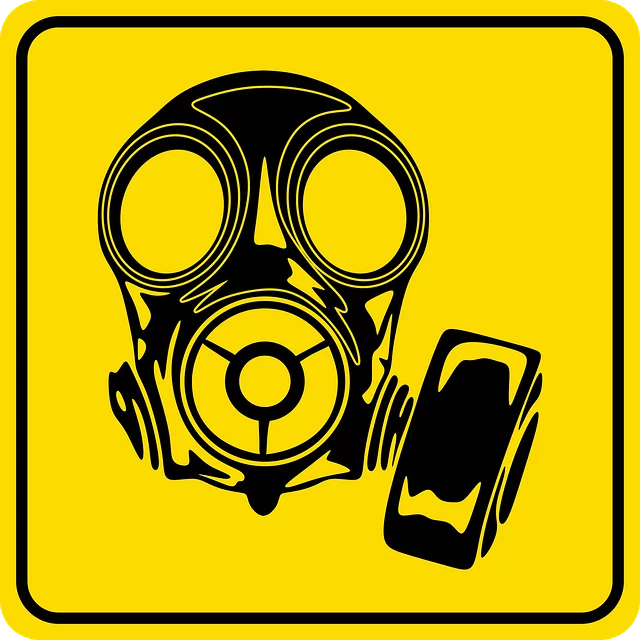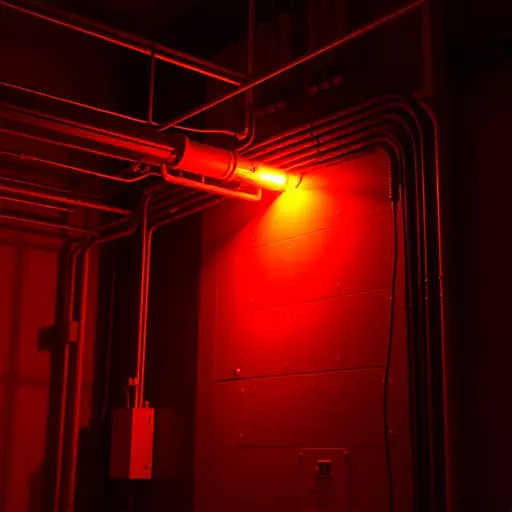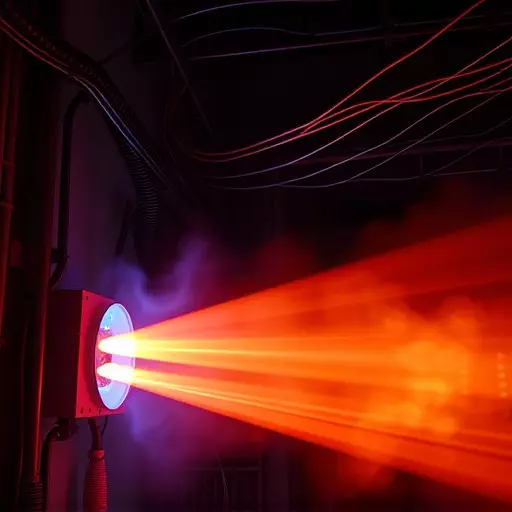Electrical Hazard Analysis is a critical process for industrial settings, focusing on identifying and mitigating risks, especially arc flash hazards. It involves a meticulous examination of system design, energy levels, and human elements using specialized tools and software to predict and assess dangers. The Arc Flash Study Process includes detailed inspections, data documentation, and software calculations to recommend protective measures. Adhering to standards like NFPA 70E or IEEE 1584 ensures safe electrical systems design, installation, and maintenance. Regular employee training completes a robust program, enhancing worker safety against deadly electrical risks. By adopting global guidelines, businesses can implement effective arc flash study processes within broader electrical hazard analysis programs.
Electrical hazards pose significant risks in industrial settings, making an in-depth electrical hazard analysis crucial. This article guides you through essential aspects of electrical safety, starting with a clear definition and purpose of electrical hazard analysis. We break down the arc flash study process step-by-step, highlighting key components for effective electrical safety programs.
It explores global arc flash safety standards, compares best practices, and offers practical strategies to mitigate risks in the workplace, ensuring compliance and enhancing overall safety through a comprehensive understanding of the arc flash study process.
- Understanding Electrical Hazard Analysis: Definition and Purpose
- The Arc Flash Study Process: Step-by-Step Guide
- Key Components of an Effective Electrical Safety Program
- Arc Flash Safety Standards: Global Comparisons and Best Practices
- Mitigating Risks: Practical Strategies for Workplace Safety
Understanding Electrical Hazard Analysis: Definition and Purpose
Electrical Hazard Analysis is a critical process that identifies and assesses risks associated with electrical systems and equipment in industrial settings. It involves a thorough examination of potential hazards, including arc flash, to ensure worker safety and compliance with relevant standards. The primary purpose is to predict, mitigate, and manage these dangers by evaluating the likelihood and severity of possible accidents.
This analysis goes beyond simple identification of risks; it involves a comprehensive study process that considers factors like electrical system design, energy levels, and human factors. By following arc flash safety standards and employing specialized tools, professionals can determine safe working practices, personal protective equipment (PPE) requirements, and appropriate training needs. The outcome is an enhanced work environment where the risk of severe injuries or fatalities from electrical hazards is significantly reduced.
The Arc Flash Study Process: Step-by-Step Guide
The Arc Flash Study Process: Unraveling Electrical Hazards
Conducting an Arc Flash Study is a meticulous process designed to assess and mitigate potential electrical hazards, particularly arc flash risks. This comprehensive analysis involves several key steps that act as a roadmap for ensuring worker safety in industrial environments. The journey begins with a thorough inspection, where skilled professionals meticulously examine every component of the electrical system, from control panels to power distribution units.
During this phase, they identify potential arc flash hazards, documenting equipment locations and associated risks. This information is then fed into specialized software that calculates arc energy and determines appropriate protective measures. The study also involves evaluating existing safety standards, such as NFPA 70E or IEEE 1584, to ensure compliance and implement best practices in arc flash safety.
Key Components of an Effective Electrical Safety Program
An effective electrical safety program hinges on a comprehensive understanding and management of electrical hazards. The first crucial step is conducting a thorough electrical hazard analysis. This involves identifying potential risks within an environment, evaluating their likelihood and consequences, and implementing tailored risk mitigation strategies. A key component of this process is the arc flash study process, which specifically assesses the risk posed by arc flashes—a sudden, intense release of energy that can cause severe injuries or damage.
By adhering to established arc flash safety standards, organizations can ensure their electrical systems are designed, installed, and maintained safely. These standards guide the selection of appropriate personal protective equipment (PPE), proper labeling of hazardous areas, and regular inspections to identify and rectify potential issues before they escalate into safety hazards. Continuous training for employees on electrical safety protocols and the latest industry best practices further strengthens the program’s effectiveness.
Arc Flash Safety Standards: Global Comparisons and Best Practices
Arc Flash Safety Standards vary globally but share a common goal: to protect workers from potentially deadly electrical hazards. These standards guide the arc flash study process, which involves identifying hazardous locations, calculating incident energy, and determining appropriate personal protective equipment (PPE). Best practices recommend regular updates, comprehensive training, and clear communication of results to ensure compliance and maximize worker safety.
International organizations like the National Fire Protection Association (NFPA) in the US and International Organization for Standardization (ISO) globally set guidelines for arc flash safety standards. By comparing and adopting best practices from these sources, businesses can create robust electrical hazard analysis programs, enhancing workplace safety and reducing the risk of severe injuries or fatalities associated with arc flashes.
Mitigating Risks: Practical Strategies for Workplace Safety
To mitigate risks associated with electrical hazards in the workplace, a systematic approach is essential. An arc flash study process, as part of a comprehensive electrical hazard analysis, plays a pivotal role in identifying potential dangers and implementing arc flash safety standards. This involves assessing equipment, calculating incident energy levels, and determining appropriate personal protective equipment (PPE) based on the results.
Practical strategies include regular maintenance to prevent faults, proper labeling and signage for high-risk areas, and employee training on safe work practices. By adhering to established arc flash safety standards, organizations can create a safer environment, reduce incident risks, and ensure compliance with regulatory requirements.


